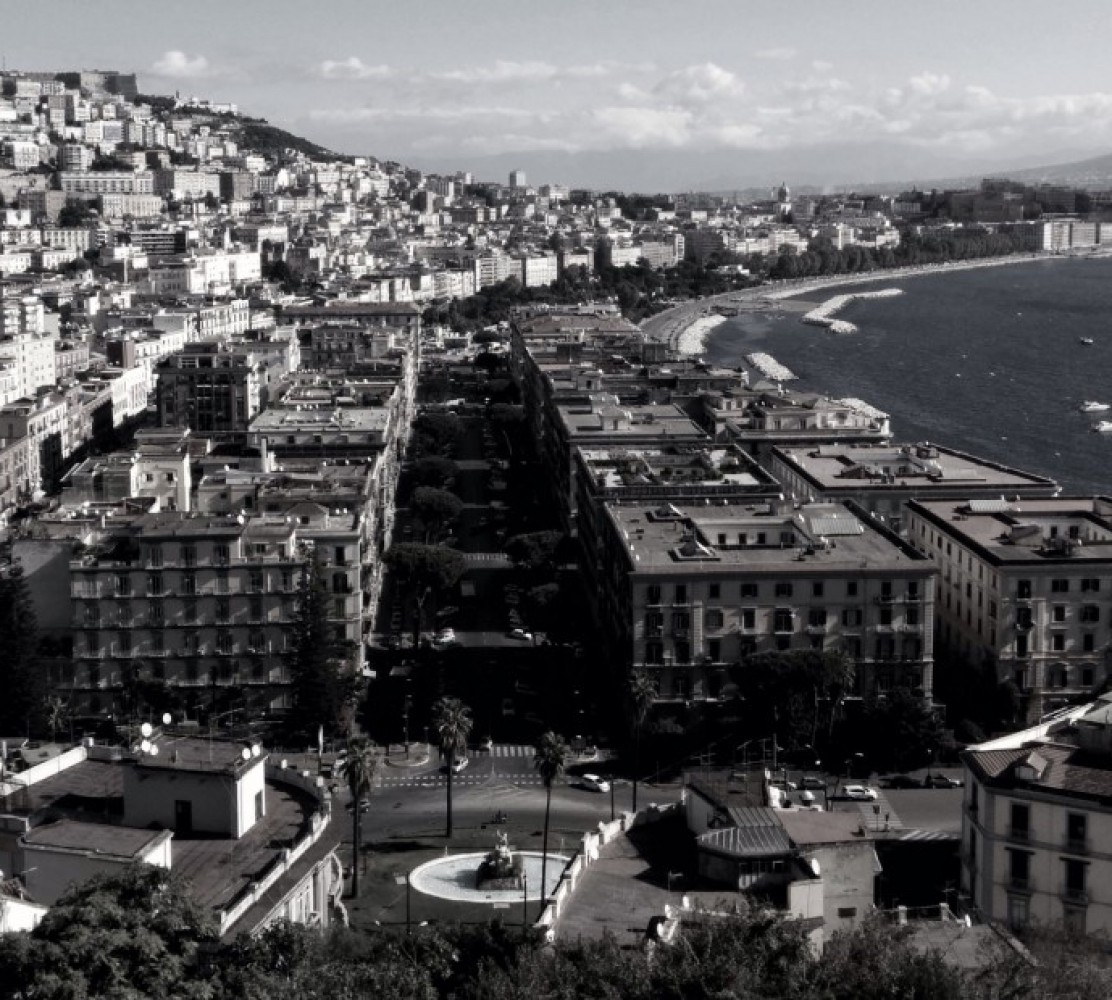The future fairytale writer, Hans Christian Andersen, then aged 29, visited Naples in February 1834 and was at hand to witness one of Vesuvius’ regular eruptions of the period. With a group of fellow Danes, he rather rashly set off by donkey to climb the volcano as the eruption reached its climax.
As he neared the top, he later described in his diary that:
We caught a sudden glimpse of the moon right over the crater. Coal-black smoke swirled upward; then a ball of fire and gigantic, glowing boulders rolled down onto the plain that we had to cross to get to the lava flow… There was no path at all; we had to walk and crawl between huge pieces of lava… With every eruption the moon was entirely hidden by the pitch-black smoke…
After a while we could feel the heat coming up from underneath us. In order to see the new lava flow we had to cross one that had been flowing the night before; only the outermost crust was black and hard, and red fire was burning in the cracks. We stepped out onto it; it burned our feet through the soles of our shoes. If the crust had broken, we would have sunk into a sea of fire.
Then we saw the monstrous stream of fire pouring slowly, thick and red like porridge, down the mountains. The sulphur fumes were so strong; the fire was burning our feet, so that after two minutes we had to go back. All around we saw fissures of fire. There was a whooshing sound coming from the crater, like when all at once a flock of birds starts up from a forest.
As this fascinating article says, the whole episode was ‘perhaps a manifestation of youthful vanity for a band of twenty-something men — an exercise to conquer danger for no good reason, except the vainglory of living to tell about it‘. Or was the hazardous undertaking rather ‘for the sake of beauty, driven by a longing to get as close as humanly possible to nature’s source, to that fiery frontier of life and death, of beauty and suffering, from which true awe springs‘.
Andersen certainly loved the beauty, the light, the warmth and the sensuality of Naples, illuminated by blazing Vesuvius, describing it as a ‘Paradise’ where everyone lived in ‘intoxicated obliviousness of self’. He called the city ‘the great pulse of the world’ and returned later in his life.
Sketch of Vesuvius in 1834 by Hans Christian Andersen.
















